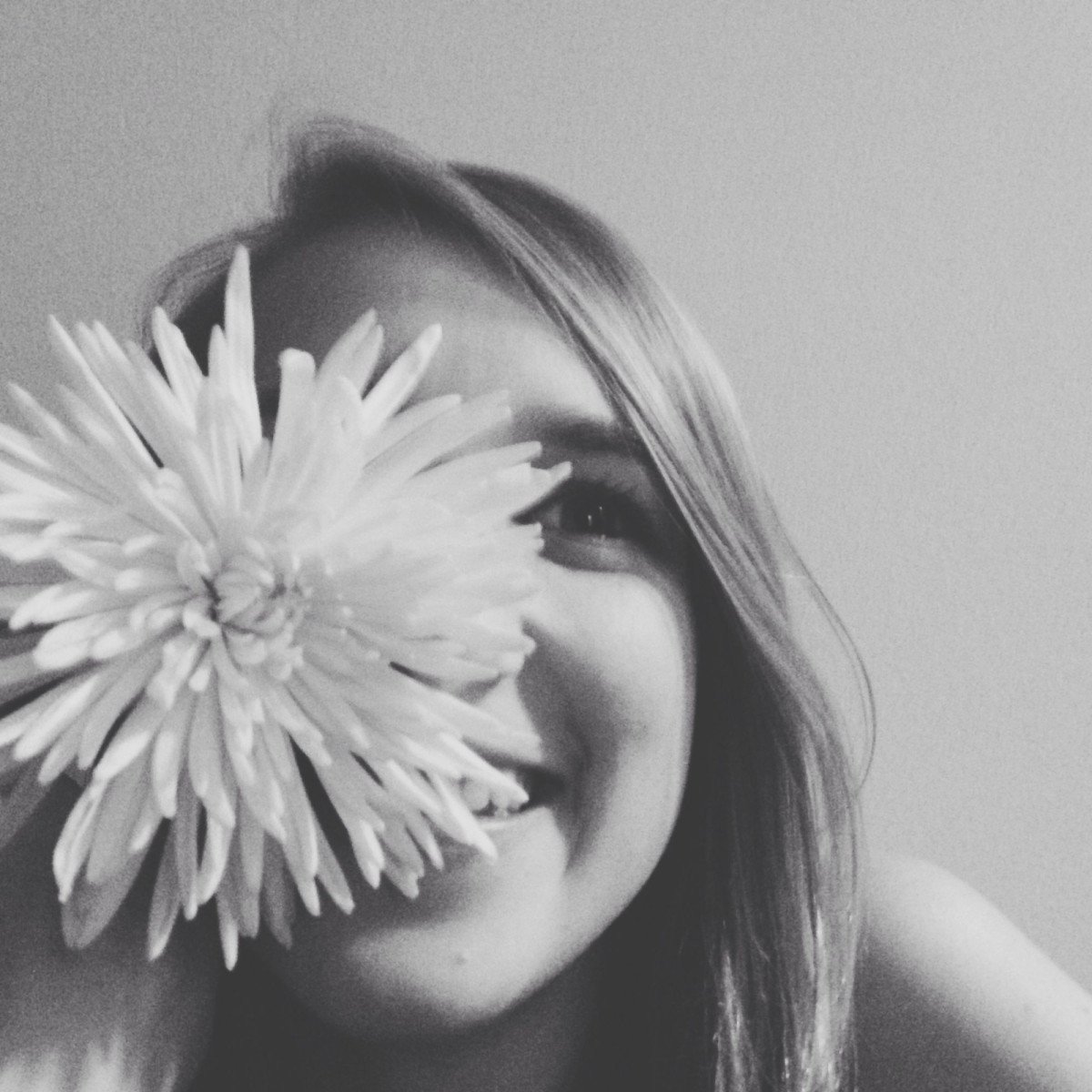I remember the day clearly. The sky was a stark, cloudless blue, as I walked aimlessly through a market bustling with sound and color. I was armed with my treasured DSLR, hoping to capture the essence of the hustle and bustle, the play of light and shadow, the depth of human emotion. Have you ever found yourself lost in the details, the textures, the hues, and the life that populate such busy landscapes?
Then, something unlikely happened. Nestled in this chaos, my lens was drawn to the simplicity of a solitary apple sitting amidst a grand display of fruit. Minimalism had found its way into my frame. Little did I realize at that moment, minimalist photography would become my muse. Why? Because capturing less indeed conveys more- a surprising fact, isn’t it?
Embracing Minimalism in Photography
Minimalist photography, as the name suggests, is characterized by simplicity. But don’t let this simplicity fool you. Its understated elegance stems from the careful elimination of unnecessary elements and maintaining absolute focus on the subject.
“It’s akin to high-speed photography,” my mentor once mused, “where the beauty lies in freezing a fleeting moment. But with minimalism, that moment is stripped back to its bare essence.” High-speed photography is a riveting genre, no doubt, but the allure of minimalist photography lies exactly in its stark contrast to the high-speed genre.
Less is More: The Core of Minimalist Photography
The essence of minimalist photography lies in its adage, ‘less is more’. The key is to distill your composition, focusing solely on the subject, thereby stripping away any superfluous details. The resulting image showcases the subject’s core characteristics in a way that intricately detailed images might fail to capture.
Imagine this: a single leaf floating on calm water. Now picture a thousand leaves cluttering the water’s surface. Which image is more likely to transfix you, to allow you to explore each vein of the leaf, its color, its texture, and its form? In the minimalist framework, ‘less’ is the gear that propels ‘more’, more sharpness, more focus, and more appreciation for the underrated beauty of simplicity.
Dominance of Negative Space
Equally important in minimalist photography is the idea of ‘negative space’. This is essentially the empty space that surrounds your main subject. While many may think of it as ‘wasted space’, as a minimalist, you’d cherish it as the stage that lets your subject shine. This creative play with negative space heightens the impact of your subject, making your photographs striking and more memorable.
Making the Ordinary Extraordinary
In the words of the famous photographer Ansel Adams, ‘A great photograph is knowing where to stand.’ The beauty of minimalist photography is that it can make the most mundane, ordinary subjects seem extraordinary. It resurrects everyday objects, casting them in a new, fascinating light.
So, next time you’re out with your camera or even your smartphone, challenge yourself. How would that overhead wire look against a clear sky? Can you use the starkness of a concrete wall to enhance a lone plant sprouting at its base? You’d be surprised at the powerful narratives that lie in the ordinary, awaiting capture in a frame.
Conclusion: A Call to Action
Minimalist photography truly is an engaging genre, one that lends the artist freedom through the disciplines of restraint and selective focus. And who knows? Perhaps your next photographic masterpiece could be hidden within the most simplistic elements. So, why don’t you grab your camera and start exploring the less to appreciate the more?
Remember, in the realm of minimalist photography, less indeed is more.


0 Comment